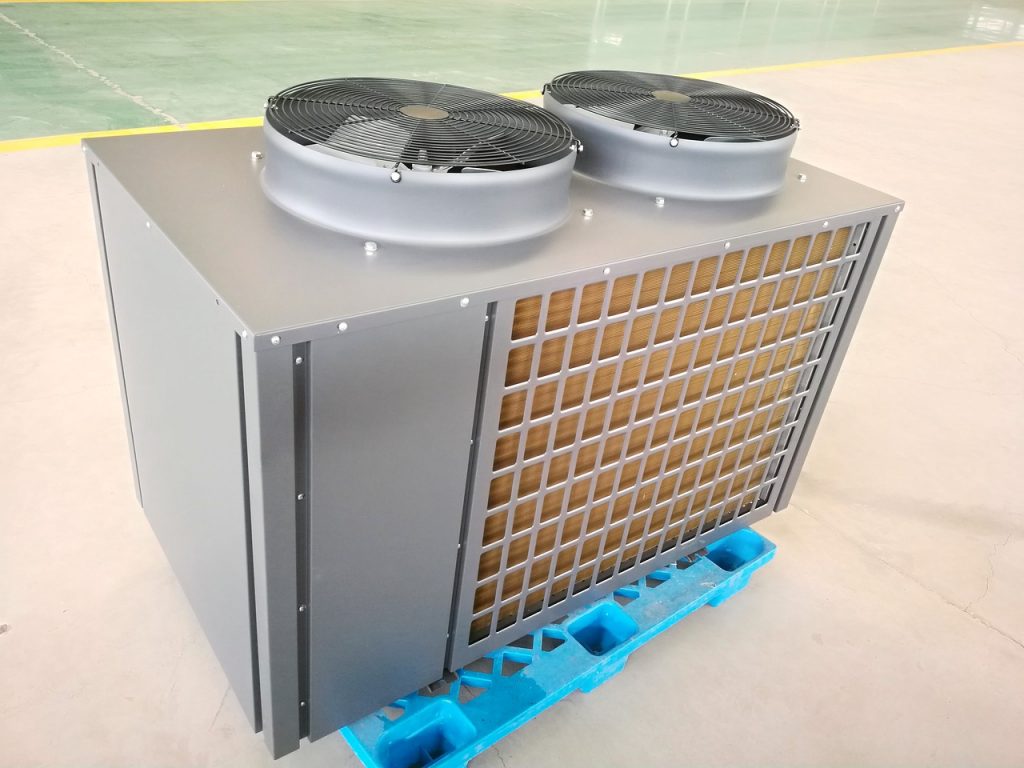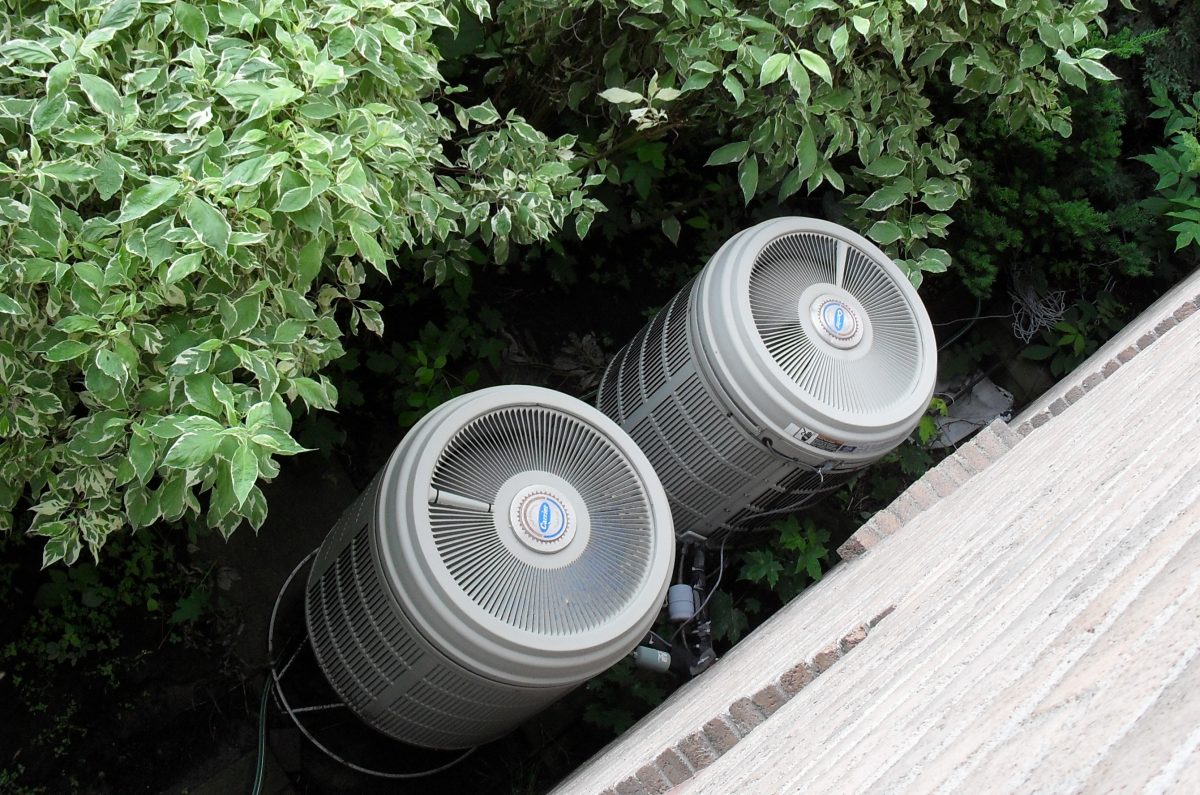How to Choose between High or Low-Temperature Heat Pump?
The heat pump (heat pump) uses thermodynamic technology to draw calories from the surrounding environment (water, air, earth, or soil) and return them as heat for space heating or domestic water heating. Reversible models can also, by reversing the direction of operation, produce cold in summer.
Is it better to choose a high-temperature or low-temperature heat pump for renovation work? Here are all the elements to help you make the best choice.
What’s the difference between a high-temperature or low-temperature heat pump?
The main difference between a high-temperature heat pump and a low-temperature heat pump is when the water exits the heating system.
Low-temperature heat pump
A low-temperature heat pump supplies the central heating water circuit with water at a temperature of between 35 and 50°C.
Note: this type of heat pump is intended for very well-insulated housing (new or heavily renovated) with low energy losses.
The difference between the outside temperature and the heat produced is not very important, so the low-temperature system offers an excellent efficiency (heat produced/electricity consumption).
High-temperature heat pump
A high-temperature heat pump produces water at a temperature above 65°C. Some reach 80°C with an outside temperature of -7°C.
Note: to achieve this objective, the heat pump requires much more complexity (in terms of its refrigeration circuit) than a low-temperature heat pump, and its price is significantly higher. Its maintenance must be more rigorous than that of a low-temperature heat pump.
The difference in temperature between the medium from which the calories are drawn, and the heating water temperature is more significant. Hence, its efficiency is lower than that of a low-temperature heat pump.
As a result, for the same amount of heat produced, a high-temperature heat pump’s electricity consumption is higher than that of a low-temperature heat pump.
High or low-temperature heat pump: selection criteria

The choice of a low- or high-temperature heat pump depends on the existing or to be installed heat emitters and the level of insulation.
Choosing a low-temperature heat pump
Considering new constructions:
– The low-temperature heat pump is mainly intended for new buildings or new houses that meet the thermal regulations.
– Indeed, due to a very well insulated house and therefore requiring low heating, it is possible to circulate water at a temperature below 50°C, or even below 40°C for underfloor heating.
Note: the lower the temperature of the water in the heating circuit, the better its efficiency.
Considering a renovated home:
– You can also install the low-temperature heat pump in a home that has been heavily renovated with major insulation work on its envelope (floors, walls, roof, windows and doors) and has good airtightness.
– Since heating needs have significantly been reduced, it will be possible to use a low-temperature heat pump while retaining the existing heat emitters.
Choosing a high-temperature heat pump
In the absence of significant insulation work, the high-temperature heat pump will replace an old generation gas or oil boiler.
An old generation gas or oil boiler produces heating water at a temperature above 70°C.
Please note: at low outdoor temperatures, and to continue to provide a large amount of heat, it is not possible to lower this temperature without significantly increasing the radiators’ size.
By the way, if you are looking for a professional to help you with your heating system, Northumberland Gas & HVAC Mechanical is the name to remember in Ontario. These guys have over 20 years of experience in the HVAC industry.
Hope this post would have helped you in choosing between a high or low-temperature heat pump. Remember to share this post and leave your comments below.

